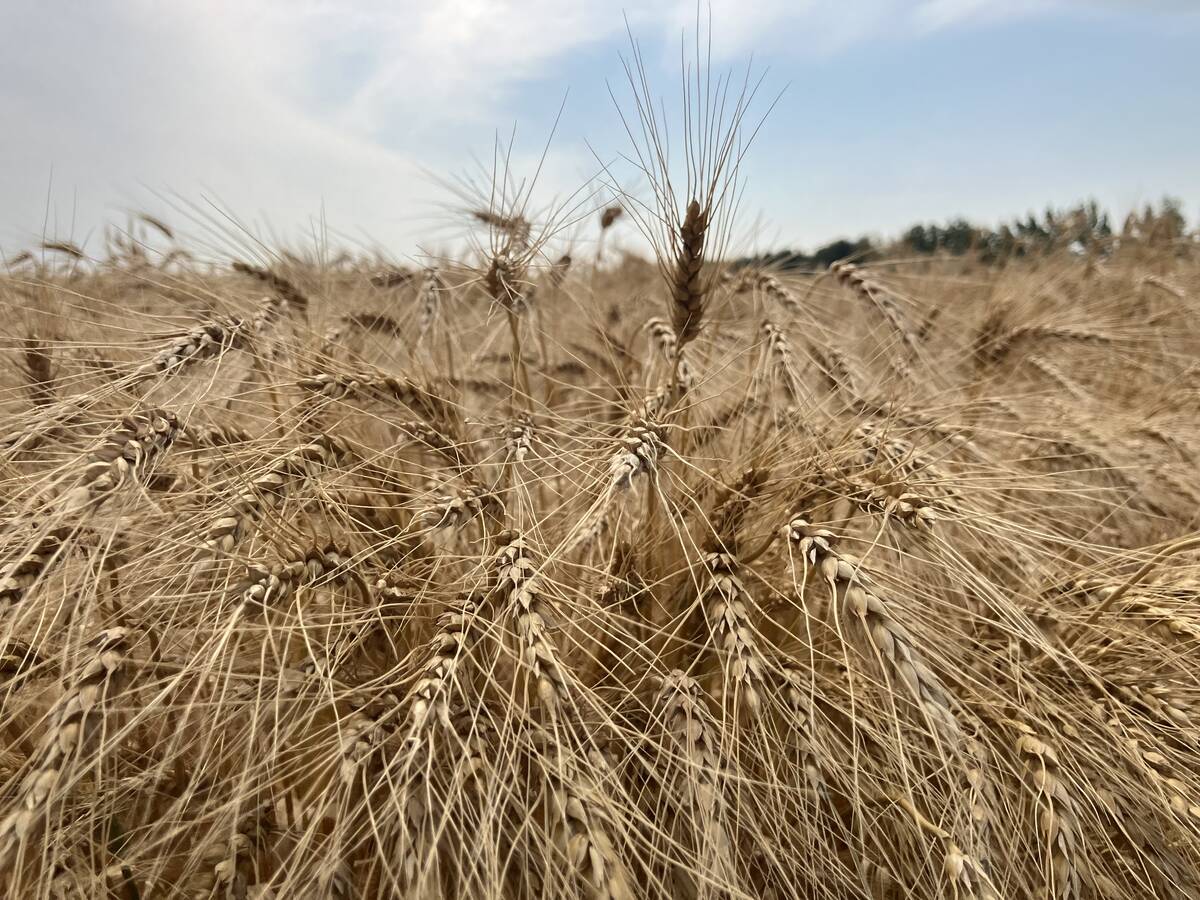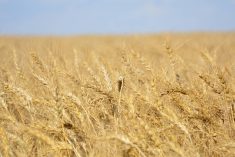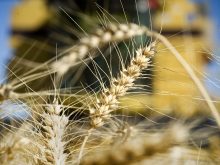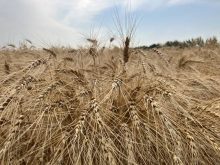WINNIPEG — The numbers aren’t finalized, but it’s possible that Canada will set a record for spring wheat yields and total production in 2025.
Saskatchewan Agriculture, in its Oct. 9 crop report, estimated the provincial hard red spring wheat yield at 51 bushels per acre.
That’s five bu. higher than the 46 bu. average from 2024 and nearly two bu. more than the Statistics Canada estimate of 49.2 bu. per acre for Saskatchewan released in September.
Farmers in many regions, including west-central Saskatchewan, posted wheat yields that exceeded expectations.
Read Also

Huge Black Sea flax crop to provide stiff competition
Russia and Kazakhstan harvested huge flax crops and will be providing stiff competition in China and the EU.
“We’re all really happy with the crop we’ve combined,” said Dean Roberts, who farms north of Kindersley, near Coleville, Sask.
“It’s surprising, given the year we’ve had.”
The average spring wheat yield in west-central Saskatchewan is 56 bu. per acre, says the provincial crop report. That’s 12 bu. above last year.
The 2025 yield is a bit shocking, since farmers and agronomists were feeling pessimistic about spring wheat in June.
A large geography in Saskatchewan’s northern grain belt received little or no rain in May and June, and the wheat crop was suffering.
Rain helpful, but drought persists in Saskatchewan
“The lower leaves on some (cereal) plants, you could see the drought symptoms. They were turning brown. Some of the wheat (was) already heading out,” Quinton Cubbon, a crop extension specialist with Saskatchewan Agriculture in North Battleford, said in June.
In the end, the dry spring likely helped the spring wheat. The plants developed better roots, allowing the wheat to pull moisture and nutrients from deeper in the soil profile, Roberts said.
Jake Ayre, who runs Southern Seed, a seed retailer in Minto, Man., with his father, Andrew, shared a similar story.
Southwestern Manitoba was also dry in May and June. In response, wheat roots grew downward to find moisture.
“I was talking to our agronomist … and they noticed that in the western region (of Manitoba), cereal roots were going down in some spots a metre or more deep.”
Ayre didn’t comment on spring wheat yields in his part of Manitoba, but it’s obvious that the 2025 crop is large.
New grain bins are “moving down the road,” so farmers in the region must need more storage.
Looking across the Prairies, provincial crop reports from Manitoba and Alberta indicate that spring wheat yields are robust:
• Manitoba Agriculture says spring wheat yields are well above 60 bu. per acre, with some areas recording yields in the 70s, 80s and 90s.
• In Alberta, the Oct. 19 provincial crop report said the average spring wheat yield was nearly 56 bu., with central Alberta posting 69 bu. per acre.
If provincial estimates from across the Prairies are combined, it seems probable that spring wheat will break the yield record of 54.1 bu. per acre from 2020, using Statistics Canada numbers.
In its September estimates for field crops, StatCan projected spring wheat yields at 53.1 bu. That’s marginally above 2024, when the average was 52.1 bu.
StatCan also forecast the spring wheat crop at 26.6 million tonnes, which is the largest tonnage ever.
Yields and total tonnage could be significantly higher because traders and analysts have criticized StatCan and its methodology, saying its crop production estimates are too low. The federal agency estimated Manitoba’s spring wheat yield at 60 bu. per acre, which is five bu. lower than 2024.
StatCan stands by its model-based crop forecast
Hitting new highs on the combine’s yield monitor and filling up grain bins is rewarding, but farmers are coping with weak prices at the elevator.
In west-central Saskatchewan, spring wheat bids are around $6.75 to 7 per bu., Roberts said.
“Yeah, we have a phenomenal yield, but with the price coming down, our revenue number doesn’t look much different,” Roberts said.
“That’s what really matters…. When the revenue number doesn’t change, it still causes some worry.”


















